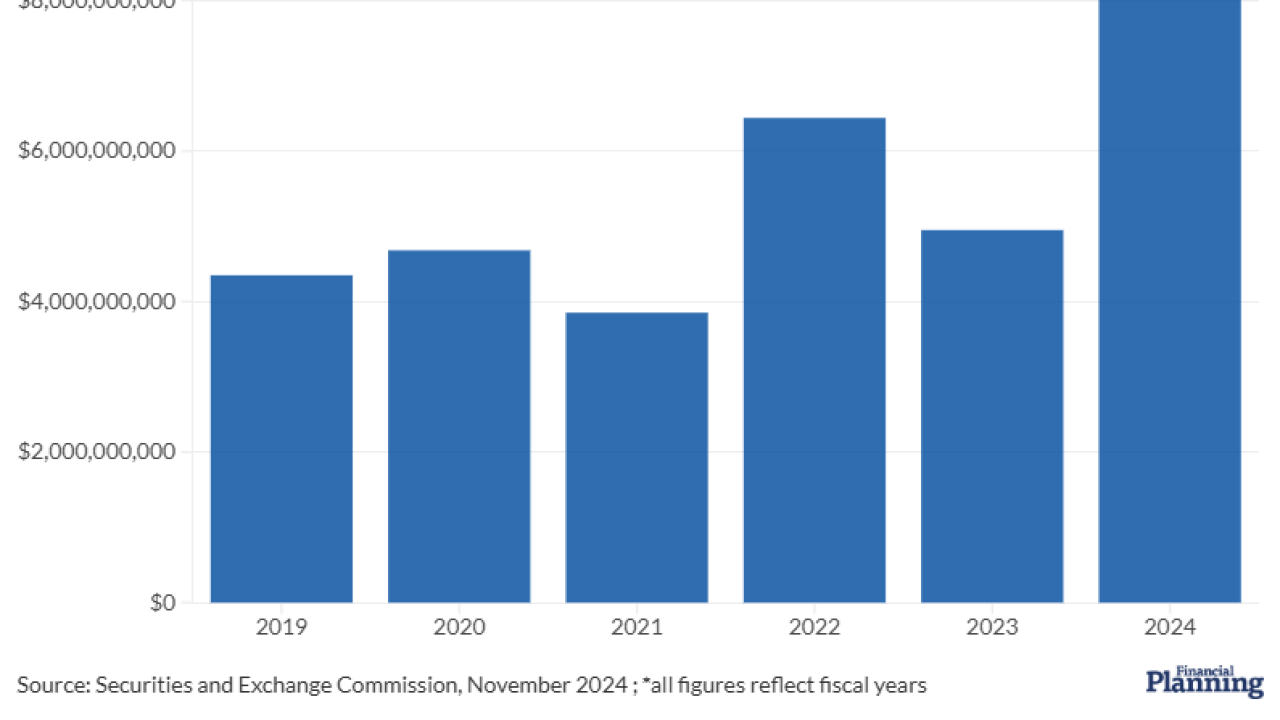Big changes in Social Security next year could cost clients some of their benefits.
The cost of living adjustments may be lower next year than expected, withholding amounts will likely be higher as Medicare rates rise and higher earners are expected to pay more for their benefits.
Below is the skinny on five Social Security issues to discuss with clients.
1. COLA adjustments may be lower than expected. Beware of Social Security benefit calculators or software that proposes a 3% annual inflationary adjustment to benefits.
A handy cheat sheet of some of the most useful Social Security planning strategies.
“With a 0.3% increase for 2017 and two previous years with no COLA increases, a 3% estimate seems unrealistic for future planning purposes,” says Jordan Anderson, the chief operating officer and an adviser at financial adviser of Journey Financial Services in Ammon, Idaho.
2. High earners will pay more. The Social Security Administration sets a payroll tax earnings cap each year that dictates what earned income is subject to the 12.4% tax that funds Social Security. Next year, however, this payroll tax cap is increasing to $127,200 from $118,500.
“If your clients are employed by someone else and make up to $127,200, this will cost them an extra $539 per year. And if they’re self-employed, it will cost them an extra $1,079 per year because they’re responsible for both the employer and employee’s portion of the payroll tax,” says Matthew Allen, co-chief executive and co-founder of Social Security Advisors in New York.
3. The limit will rise for clients who reach their full retirement age. If a client reaches the full retirement age next year, their Social Security earnings test limit is significantly increased from the $16,920 limit, Anderson says.
They can earn up to $44,880 in the months before they reach their full retirement age without their benefits being subject to any withholding, based on the earnings test.
4. The full retirement age will increase for those born in 1955. For anyone born between 1943 and 1954, their full retirement age is 66. However, next year, those born in 1955 will begin to turn 62 and will become qualified for Social Security retirement benefits for the first time.
For those born in 1955, their full retirement age will be 66 and 2 months, and this figure will increase for each birth year after 1955.
5. Withholding amounts for early filers will increase. Clients who are younger than the full retirement age and claim Social Security while still working must be careful to avoid the Social Security earnings test. Basically, if any client falls into this group, for every $2 that they earn over $16,920 next year, $1 in Social Security benefits will be withheld.
This money isn’t permanently lost, but is credited to the client’s account at the full retirement age.
Of course, advisers must watch for the five things outlined above, but they should also keep in mind that unless clients file, they won’t receive benefits.
“It’s important to note that Social Security will not proactively notify anyone they’re eligible for benefits,” Allen says. “So, it’s important you and your client study the rules to make sure that they know what they’re entitled to and when.”
This story is part of a 30-30 series on Social Security.






